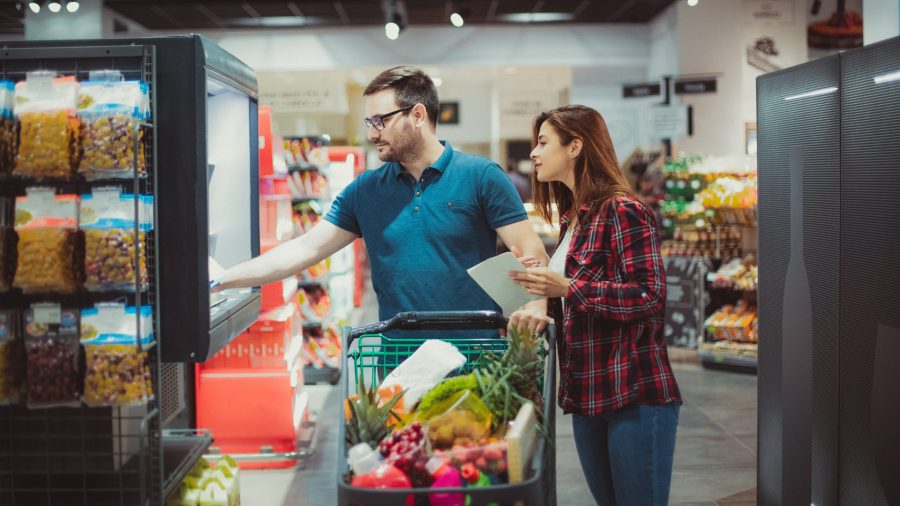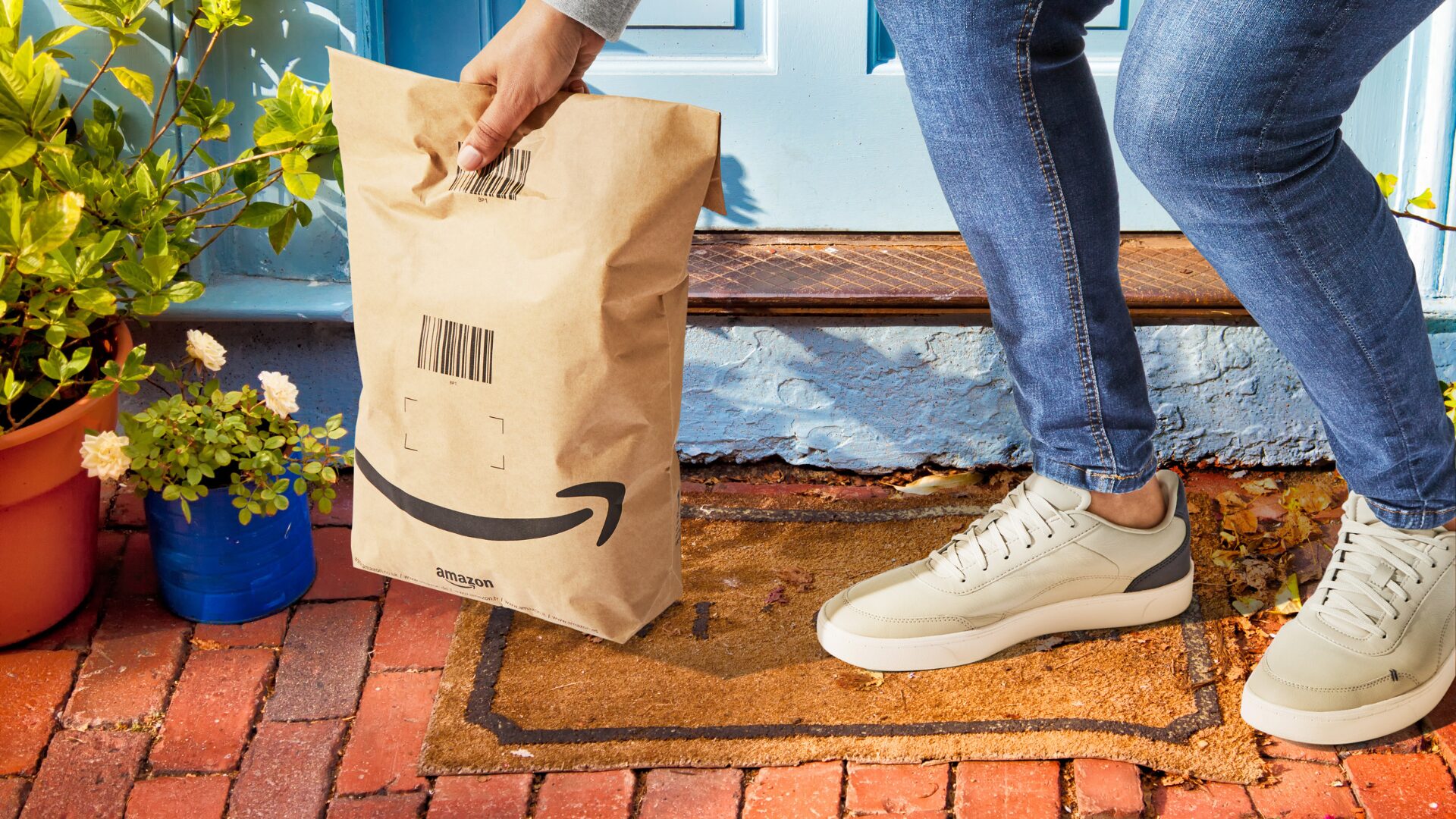A new report from Placer.ai, titled Placer Spotlight: Whole Foods’ Journey Since the Amazon Deal, takes a closer look at Whole Foods foot traffic data over the past several years.
Here are some key takeaways:
Pre-pandemic Payoff
Pre-pandemic, Whole Foods was seeing a steady stream of elevated foot traffic after Amazon’s 2017 purchase of the company.
Placer.ai found that, compared to a July 2017 baseline, visits were mostly up between 10 percent and 20 percent at Whole Foods until March 2020.
Ongoing COVID Comeback
In the summer and winter of 2021, Whole Foods breached pre-pandemic traffic levels, though the brand has still not fully recovered. Two key reasons are the brand’s orientation towards urban areas and limited efforts in value shopping.
Another factor for the decline in traffic is shoppers purchasing products through other channels, such as grocery delivery and pickup. Grocery delivery orders from Amazon Fresh and Whole Foods Market more than doubled in Q4 2019 on a year-over-year basis. In October 2020, Amazon launched one-hour grocery pickup at all U.S. locations.
Several months later, Amazon also began offering customers the option to return products purchased on its website to Whole Foods venues. However, this has not yet been enough to increase foot traffic, even though the grocer has seen its year-over-year visits increase since the pandemic lows of 2020.
Whole Foods VS. Trader Joe’s
One of Whole Foods biggest rivals is Trader Joe’s.
Unlike Whole Foods, Trader Joe’s saw a relatively quick comeback, returning to year-over-year visit growth by July 2020.
When comparing cross-shopping trends for the two brands, Trader Joe’s seems to be slowly gaining on Whole Foods. In Q4 2017 – the first full quarter of Amazon’s Whole Foods ownership – 27 percent of Trader Joe’s customers visited a Whole Foods, while only 23.8 percent of Whole Foods customers visited a Trader Joe’s. By Q4 2021, only 25.3 percent of Trader Joe’s customers were cross-shopping at Whole Foods, whereas cross-shopping from Whole Foods to Trader Joe’s had grown to include 30.2 percent Whole Foods customers.
“In many circles Trader, Joe’s cult-like following comes from their satisfied customers,” Eva Clarke, founder of wellness platform Health Studios, told The Food Institute. “This is primarily because of how heavily they invest in the customer experience and customer service. Trader Joe’s is meant to be more than a trip to the grocery store, it’s an experience.”
Interestingly, a recent Placer.ai survey of U.S. based adults aged 18 to 64 found that 29.4% of respondents stated that the in-store experience affected their choice of which grocery store to visit. For 18 to 24-year-old respondents, that share climbed to 44.4%.
“Trader Joe’s has cultivated a broad customer base with its low prices, unique offerings, and its charming store décor,” said Clarke.












